How to Not Spoof iPhone 5S Fingerprints
How is it possible to spoof your fingerprint? It’s complicated but possible. Some people can make spoofs using latent print pictures. No matter how hard Apple tried to include a good touch sensor in its handsets, the iPhone 5S cannot be protected from fingerprint sensor hacking. Its high resolution images can be spoofed and used against the gadget’s owner. If the company starts to use intrinsic error or other fingerprint options that are not available in latent print it would become much more difficult to steal the fingerprint. In other words, Apple will be able to prevent spoof creations. For instance, take a look at these images. When someone is making a spoof he or she often uses glue which gives air bubbles to the image. Fingerprint sensor also provides more details that are not available in latent prints.
For instance, take a look at these images. When someone is making a spoof he or she often uses glue which gives air bubbles to the image. Fingerprint sensor also provides more details that are not available in latent prints.
 Future Fingerprint Sensors
Maybe the next iPhone model with a fingerprint sensor will get a smarter technology capable of making comparison of the dots density or other features. This way the sensor will be able to figure out where the fingerprint is real and where the spoof is.
Future Fingerprint Sensors
Maybe the next iPhone model with a fingerprint sensor will get a smarter technology capable of making comparison of the dots density or other features. This way the sensor will be able to figure out where the fingerprint is real and where the spoof is. Recent Blog

Ultimate Guide: How to turn Off Restricted Mode on iPhone?

Automate Apple GSX check result obtaining?

iRemove Unlock iPhone 5S, 5C, 5, SE, 4S/4 Software

MacOS High Sierra Features: Set Up Websites in Safari on Mac
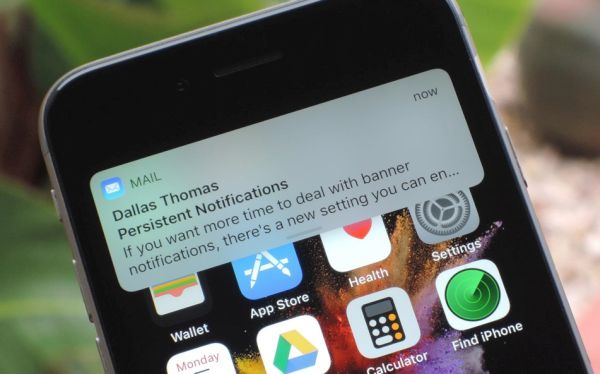
How to Enable iOS 11 Mail Reply Notification on iPhone 7
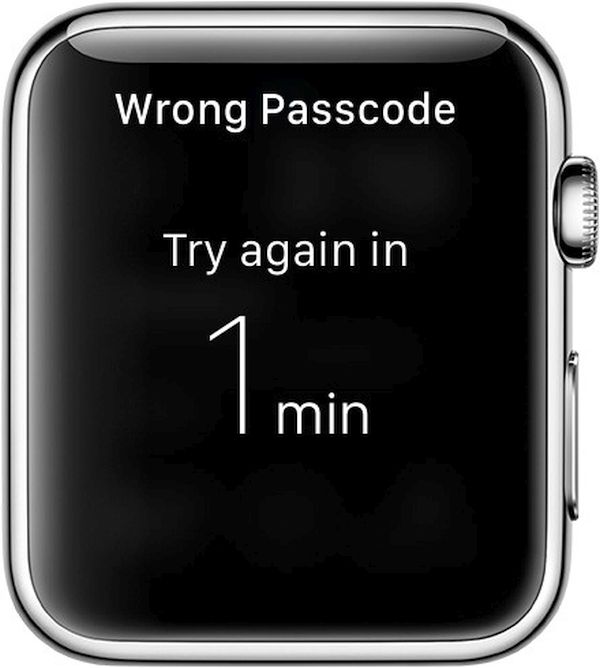
How to Bypass Apple Watch Passcode Problem
LetsUnlock Services List
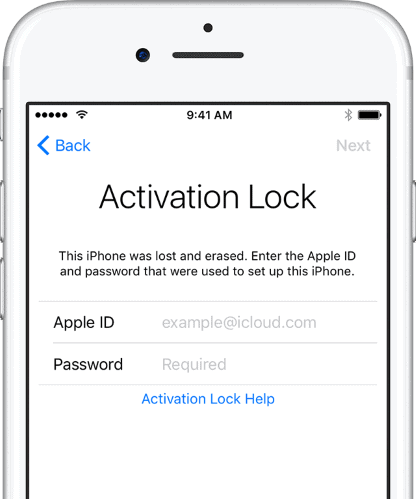
iPhone & iPad Activation Lock Bypass
Use LetsUnlock iCloud Tool to bypass Activation Lock Screen on iPhone and iPad running on iOS version up to 14.6.
Read More
Unlock Passcode Disabled iPhone or iPad
LetsUnlock iCloud Tool is ready to remove Find My and unlock your passcode disable device running on iOS 13.x.x in one click!
Read More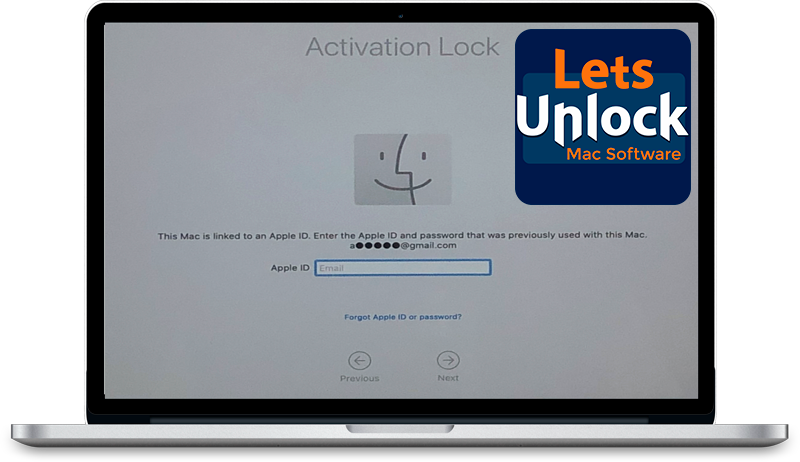
MacOS iCloud Activation Lock Bypass
The LetsUnlock Mac iCloud Activation Lock Bypass Tool will help you to remove Activation Lock on an iCloud locked Mac which is stuck on Activation Lock Screen with no need to enter the correct Apple ID and password.
Read More
Mac EFI Firmware Passcode Bypass
The LetsUnlock EFI Bypass Tool is a one button solution, which you click to start the EFI Unlock process. Bypass EFI with out password! Everything else does the software.
Read More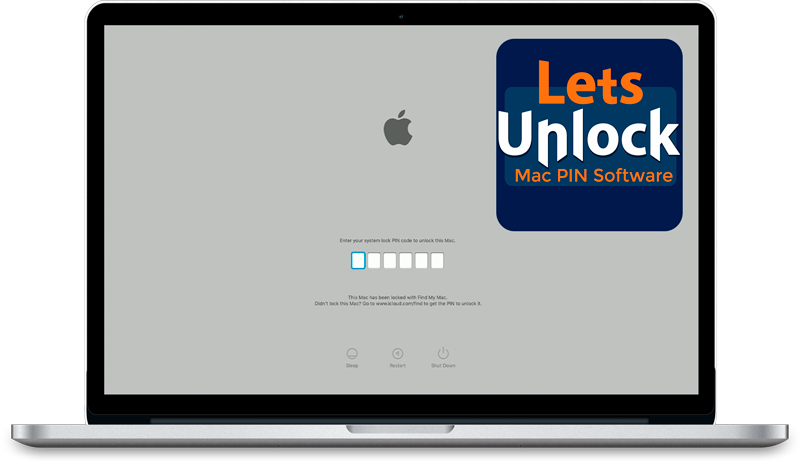
MacOS iCloud System PIN Bypass
The LetsUnlock MacOS iCloud System PIN Bypass Tool was designed to bypass iCloud PIN lock on macOS without passcode!
Read More